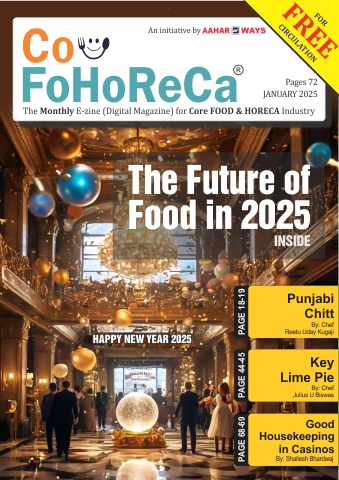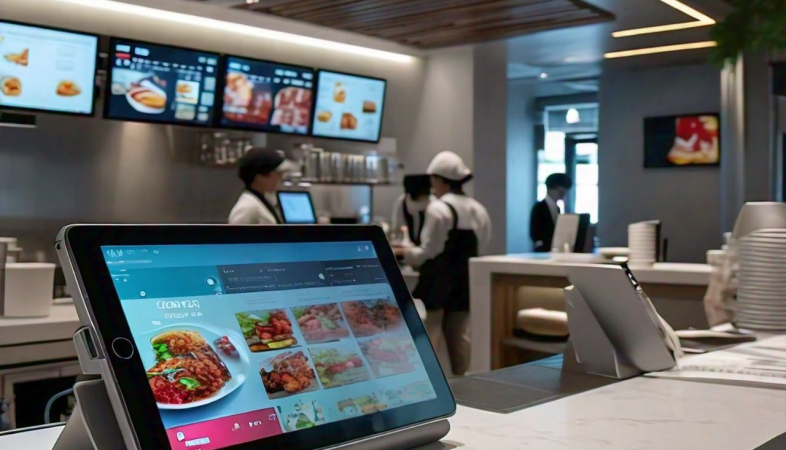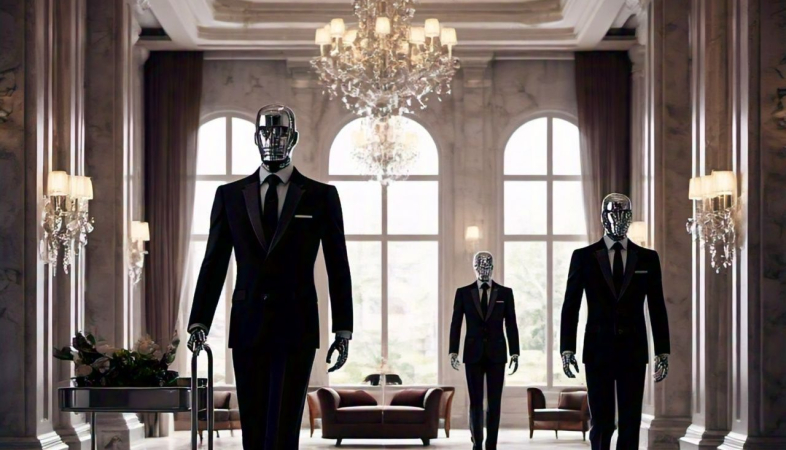SHARE
Commercials
More Posts
Jan 05, 2025
Balancing Workloads Across Kitchen Stewarding Teams
Oct 21, 2024
Chocolate and Gulkand Gujia - By Chef Rohit Anand
Jan 22, 2025
Stuffed Pumpkin Blossoms - By Chef Subodh Upadhyay
Jan 20, 2025
Scandinavian Smoking Techniques: From Fish to Cheese
Oct 15, 2024
Thin Pizza Crust - By Chef Manoj Rathore
Dec 12, 2024
Rasa Podi Chicken - By Chef M. Arivazhagan
Jul 29, 2024
.png)



























